Ilocos Norte, Pagudpud and Saud Beach
The ‘Borocay of the North’ is the strapline trying to attach itself to this beautiful part of Ilocos Norte in the Philippines. While I cannot make the comparison yet, I believe Saud Beach in Pagudpud really is a little hidden gem that may eventually give its more famous southern cousin a run for its peso. We know from our time spent at a cultural event in Rizal Park, Manila, that the Philippines is working hard to encourage sustainable tourism, which currently accounts for under 4m visitors a year. The point being that Pagudpud is not as well travelled as some of the more famous tourist destinations in the Philippines, so if feels like you have the place all to yourself.
The locals are very chatty and kind with their fabulous Filipino smiles and cheeky humour. Although a different language from Tagalog is spoken, so we decided to start again and learn a bit of Ilokano. We did struggle a tad on the communication side of things, as they just don’t get many tourists here, but it was always a pleasure, and you won’t be pushed for time.
Saud beach is very tranquil and there is no night life or parties, only those you create yourself, such as offers to join the staff swimming in the sea after work. We ate out every night at a different eatery on our 4 night stay, and we would be the only people dining overlooking the beach. The quality of food is excellent and the cheapest we’ve purchased since starting our RTW flashpacking adventure, but more about the food later.
We found Saud beach to be marvellously underdeveloped, peaceful, charming and most of all virtually empty (thats John going for his morning beach stroll on the image at the top). Some small scale building works are taking place at the moment, and I would imagine its the sort of place that gets more developed with each passing day. These works didn’t impinge on our visit, and were hardly noticeable. For us, it was another little bit of idyllic earth to relax and enjoy the sea, snorkelling, unique food and make new friends.
Ilocos Norte Food
The diet here features a lot of pork (which seems to be the case across most of the northern Philippines) and given Saud’s location, some great seafood.
Prices for the local dishes range from 180 – 250 pesos, depending on the dish and where you eat it, up to about 300-400 for crab and whole freshly caught fish. All great food for under £5.00 a head.
Our top picks:
Bagnet – three times cooked pork (boiled then fried twice) which is delightfully dry, crunchy and tasty especially when mixed with one of the local vegetable dishes. These contain garlic and quite a bit of vinegar to offset the flavour of the mild chillis in each dish.
Garlic is one of the crops produced in Ilocos Norte and you see it for sale everywhere so it features in a lot of dishes. You also sometimes get a little sauce bowl with garlic, soy and vinegar if you need to add more.
Pork Adabo – This dish is braised pork cooked in soy sauce and vinegar and, depending where you have it, you may get local vegetables added too. It’s a taste I have never really come across before, but decided I like it very much.
Pinakbet – these are vegetables , which include green beans, okra, bitter melon, aubergine chillies and of course vinegar, ginger and garlic. This was lovely apart from the bitter melon, which really is a bit of a bitter assault on the tastebuds.
Things to do in Pagudpud
There isn’t much to do in Pagudpud except relax and enjoy the charm of this place. There is only one dive centre at Saud Beach and I thought it was comparatively expensive, also I couldn’t get any impartial recommendations as to quality, so was disappointed not to go diving here.
We did take a tour of the area. For this you find a tricycle driver you like (cars are few and far between here and taxis none existent), which is very easy, pay PHP 500-600 for as many as you can squeeze in a trike (2 max, unless you are a family of very small stature). For the next three to four hours he will whisk you around the sights of Pagudpud Norte in his sidecar. While the transport isn’t the most comfortable, the experience makes up for it. Who needs air conditioned tour buses!
Note, there are small (25 – 30PHP entrance fees to a few of the sights on this tour, and your waterfall guide will cost you an extra PHP 100).
There is another three to four hour trip heading south to see a lighthouse and the beach windfarm at Bangui, but we decided our bodies could only take one trip in the trike, and we’d passed through area on our journey from Manila.
It was a pleasant way to spend a day, but the tour will not win any ‘things to do before you die’ awards. It was nice to see the villages along the way and watch them drying rice and sorting garlic for sale.
The highlight for us was not so much the sights, but getting to spend an hour with one of the local guides who walked us up to Kabigan Falls.
We were assigned Nora who was great fun and her English was better than most so we could quiz her about local life in the area and her family life (she was forty and had one grown up daughter studying tourism at University, and younger kids who we met on the way back kicking a ball about). She thought John looked like a tomato, as he turned red every time a lizard or something jumped out of the undergrowth.
I managed to brave a dip in the waterfall pool which was a lovely refresher after the hot twenty minute walk up there.
The full Pagudpud north tour will take you to the
- Kabigan Falls (great walk, OK falls, and refreshing swim) ,
- Patepat Viaduct (slightly interesting man made road that has stopped the road being washed away by landslides)
- Agua Grande (a picnic spot at a river outlet leading to the sea – we moved on quickly)
- Timntangtang Rock, Bantay Abot Cave and the Dos Hemanos Islands (three sea formed rocks and islands that can entertain you for a moment or two, especially the walk to the cave at high tide – cameras held high boys and watch your step)
Your final stop is the Blue Lagoon Beach, or Maira Ira as it is known locally. We almost stayed here instead of Saud when we were researching as many had said it was the better resort area. After arriving we were glad we didn’t.
The water was not as blue or as beautiful as Saud and the area is dominated by a major resort. This is an overdeveloped hotel and conference centre which kind of takes over the whole beach front (it does sport an interesting Elvis cow though). The rest of the area offers some local homestays, the beach is small at around a few hundred yards compared to the 1km of beautiful white crescent shaped sand at Saud.
We also noticed that the cabanas on the beach come with a charge of around 250 to 300 pesos a day, something you get free in Saud if you are happy to buy a few beers or some food.
Saud Beach
As it stands the resort at Saud Beach is made up of around 10 ‘resorts’. Some are truly resorts with their own swimming pools and fancy bars and facilities, but others, like the Keahana where we chose are little more than family run homestays who offer basic cottages and rooms. This for me adds charm to the place, and certainly at the Keahana, it had a lovely family feel to the place with wonderful staff making you feel welcome.
They could not do enough for you and the food and drink prices were extremely reasonable. In fact if you bought a bottle of local brandy, rum, vodka or some other evil unnamed spirit from whats seems the only brewer in Philippines, Ginbera San Miguel (all costing a maximum of about £2 a bottle) . You could drink that in the bar for the price of your mixers and a bucket of free ice. The unamed spirit we noticed after completing our first bottle is marked as 80 proof. Best to stay clear of that one if you have already had a few beers already.
A room here, which could easily sleep four, costs about PHP 1300 or about £20, less if you go out of season (we were just entering peak season as we arrived in March) . Entertainment has to be self made in this quiet little place, but you will also have chance to join in with the videoke at the Keahana if you get some Filipinas in as we did on a few nights. The staff will join in too, but we didn’t, despite their constant encouragement, neither of us can sing a note. All other participants were delighted when we applauded their attempts, most of which did not harm our ears, and one or two had beautiful voices, especially when singing Philippine, tagalog/ilocano favourites.
These smaller places are nestled in between some of the larger resorts for which you will pay double or triple the cost of our room, but I don’t know why you would want to. They don’t really offer that much more. You are here for the beach right?
You can take your pick of any of the restaurants in any of the hotels for your meals. We tried one or two of the bigger ones and frankly the food was better in our little place and about 20-30% cheaper.
Saud for us offered everything. The beach for sheer beauty of the sand and the colour of the water has to be the best I have ever seen, but the snorkelling and diving on Gili Air still leave it in overall top spot.
But for beach alone, sand and the beautiful China Sea crystal clear waters Saud is the number one. It also provides some quite spectacular sunsets too just in case this wasn’t enough.
If you are heading to the Philippines instead of heading straight for Boracay, try this little gem instead, you wont regret it.

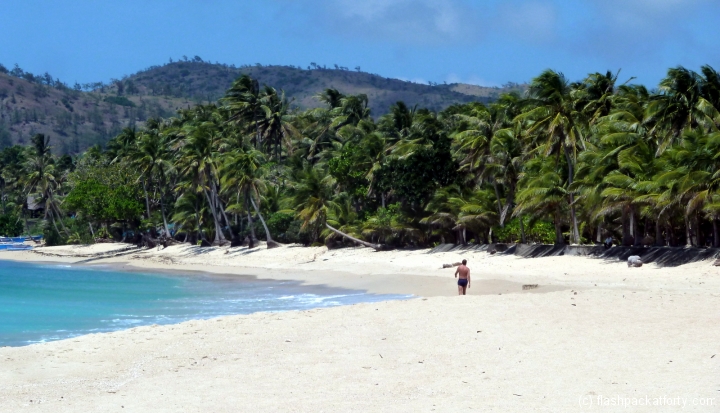
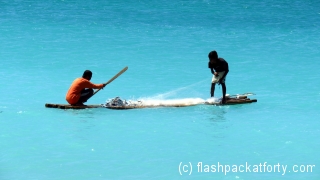
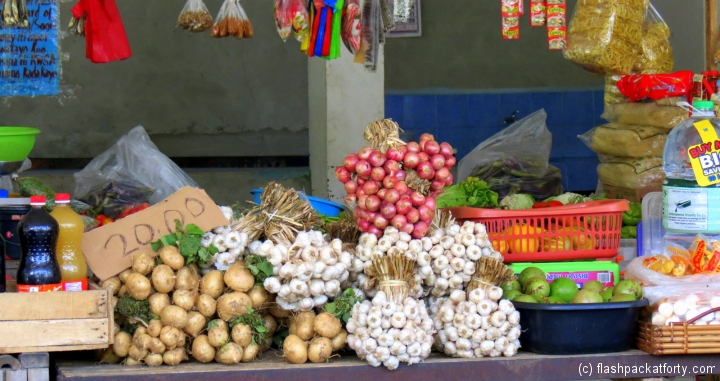
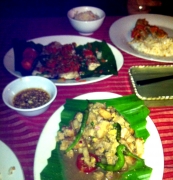
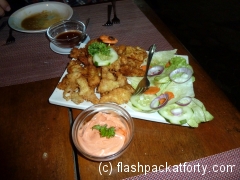
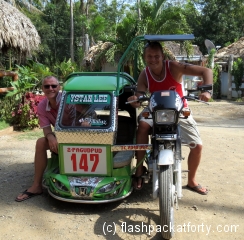
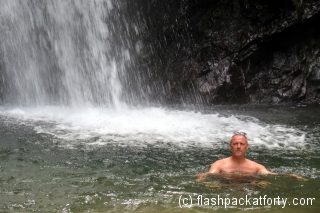
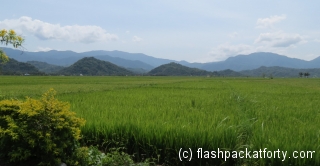

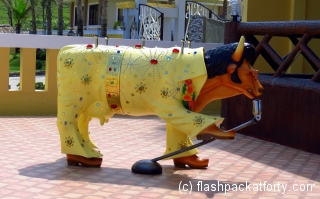
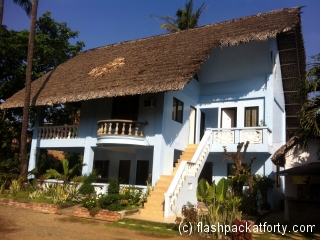
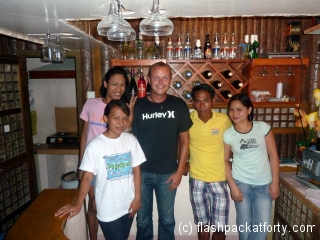
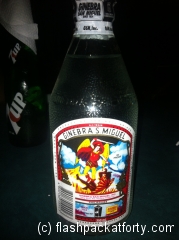

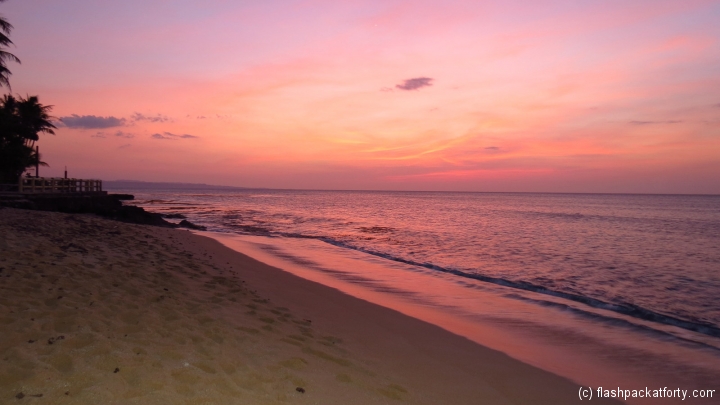
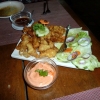
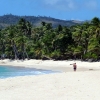

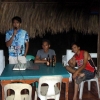
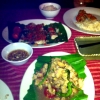
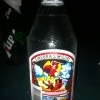
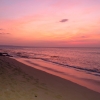
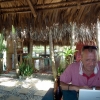
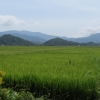
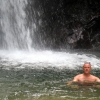
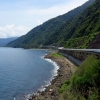


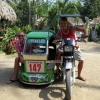
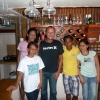
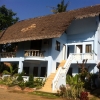
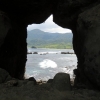
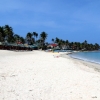
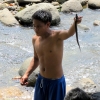
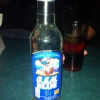
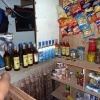
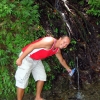
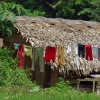
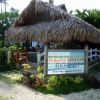
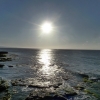
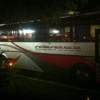
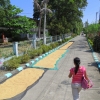
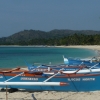
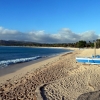
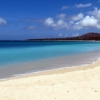







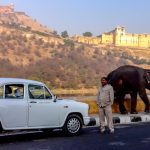
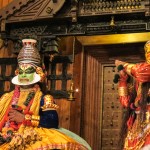

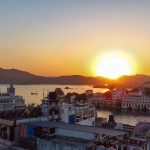

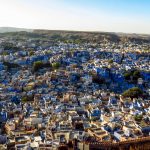
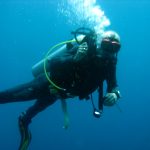

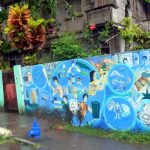
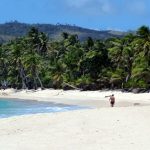
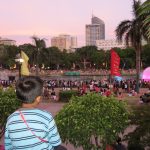
Have to agree that Pagudpud’s “seclusion” is part of its charm. None of those banana boats and crazy beach parties!
As for the braised pork dish you guys liked, it’s called Pork Adobo, a dish that’s also available in other areas of the Philippines. 🙂
Thanks Rain, you and your friends on twitter we’re a great help offering advice when we were in the Philippines. Next time we’ll all have to meet up.
Gawd, I love those tricycles in the Philippines! Can’t get enough of them!
Aren’t they just the best, so love the Philippines.